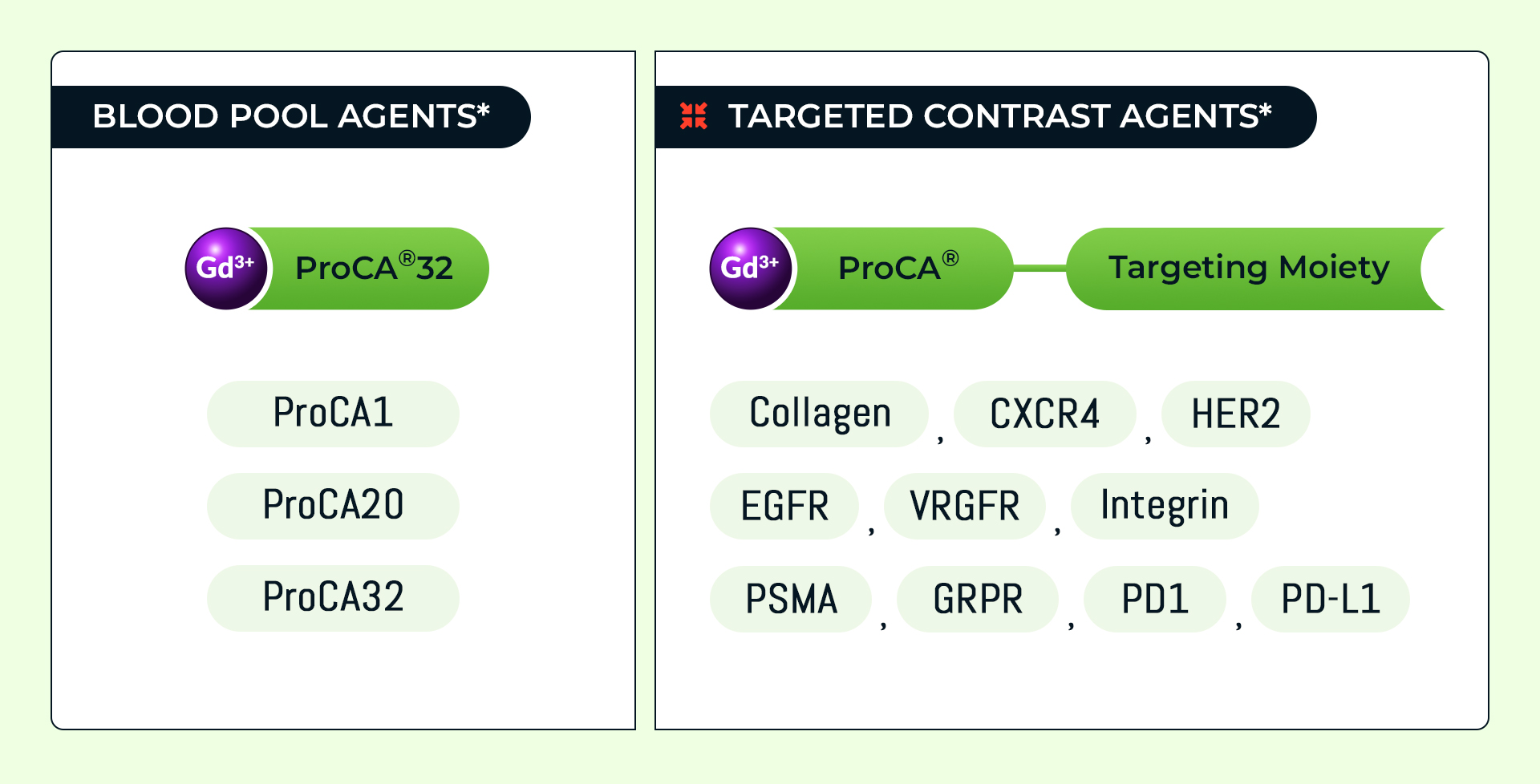Empowering Discovery,
Enhancing Knowledge
Latest News
Anticoagulantes en el ictus isquémico agudo: una revisión Cochrane
Evaluar la efectividad y la seguridad de la anticoagulación precoz (dentro de los primeros 14 días del inicio) para las personas con accidente cerebrovascular isquémico agudo presunto o confirmado. Las hipótesis fueron que, en comparación con evitar su uso, la anticoagulación precoz se asociaría con: 1) menor riesgo de muerte o dependencia en las actividades de la vida diaria unos meses después del inicio del ictus; 2) menor riesgo de ictus isquémico recurrente precoz; 3) mayor riesgo de hemorragia intracraneal y extracraneal sintomática; y 4) menor riesgo de trombosis venosa profunda y embolia pulmonar.
Daisyrec 2.0: Benchmarking recommendation for rigorous evaluation
Recently, one critical issue looms large in the field of recommender systems – there are no effective benchmarks for rigorous evaluation – which consequently leads to unreproducible evaluation and unfair comparison. We, therefore, conduct studies from the perspectives of practical theory and experiments, aiming at benchmarking recommendation for rigorous evaluation. Regarding the theoretical study, a series of hyper-factors affecting recommendation performance throughout the whole evaluation chain are systematically summarized and analyzed via an exhaustive review on 141 papers published at eight top-tier conferences within 2017-2020. We then classify them into model-independent and model-dependent hyper-factors, and different modes of rigorous evaluation are defined and discussed in-depth accordingly. For the experimental study, we release DaisyRec 2.0 library by integrating these hyper …
Excessive Supraventricular Ectopic Activity and the Risk of Atrial Fibrillation and Stroke: A Systematic Review and Meta-Analysis
Background
Excessive supraventricular ectopic activity (ESVEA) is correlated with the development of atrial fibrillation (AF) and is frequently observed in ischemic stroke patients. This meta-analysis aims to summarize the evidence on the association between ESVEA and the risk of AF and stroke.
Methods
PubMed and Embase databases were systematically searched to identify all publications providing relevant data from inception to 23 August 2022. Hazard ratio (HR) and 95% confidence interval (CI) were pooled using fixed-effect or random-effect models.
Results
We included 23,272 participants from 20 studies. Pooled results showed that ESVEA was associated with an increased risk of AF in the general population (HR: 2.57; 95% CI 2.16–3.05), increased risk of AF in ischemic stroke patients (HR: 2.91; 95% CI 1.80–4.69), new-onset ischemic stroke (HR: 1.91; 95% CI 1.30–2.79), and all-cause mortality (HR: 1.41; 95% CI 1.24–1.59). Pooled analysis indicated that ESVEA was not associated with recurrent ischemic stroke/transient ischemic attack (TIA) (HR: 1.24; 95% CI 0.91–1.67).
Conclusions
ESVEA is associated with AF, new-onset ischemic stroke, and all-cause mortality.
Influence of tirofiban on stroke outcome after mechanical thrombectomy in acute vertebrobasilar artery occlusion
Background
Even undergoing mechanical thrombectomy (MT), patients with acute vertebrobasilar artery occlusion (AVBAO) still have a high rate of mortality. Tirofiban is a novel antiplatelet agent which is now widely empirically used in acute ischemic stroke (AIS). In this study, we aimed to evaluate the safety and efficacy of tirofiban as adjunctive therapy for MT in AVBAO.
Methods
From October 2016 to July 2021, consecutive AVBAO patients receiving MT were included in the prospective stroke registry. The short-term outcomes were (1) symptomatic intracerebral hemorrhage (sICH); (2) in-hospital death; (3) National Institute of Health Stroke Scale (NIHSS) at discharge. The Long-term outcomes were: (1) modified Rankin Scale (mRS) at 3 months; (2) death at 3 months.
Results
A total of 130 eligible patients were included in the study, 64 (49.2%) patients received tirofiban. In multivariate regression analysis, no …

InLighta Patents
Academic Papers and Presentations by Dr. Jenny Yang

Explore Dr. Jenny Yang’s related academic papers, conference presentations, and more.

